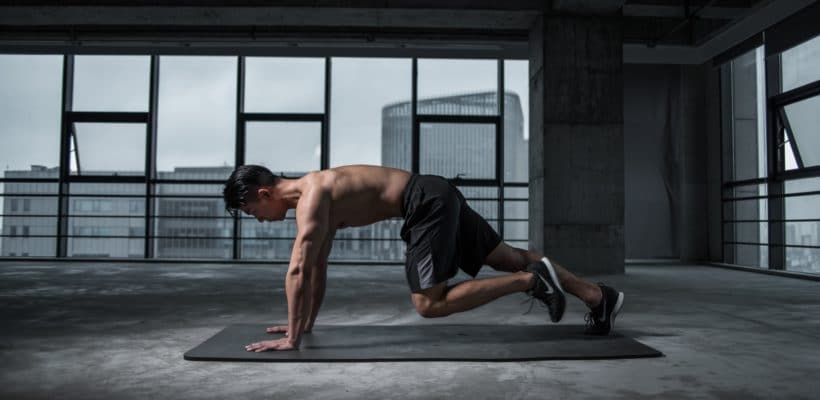
Training the Core
A quick google search for the definition of your ‘core’ as it relates to the human body, gives definitions such as, “…the core is commonly considered to be the torso” along with a few airbrushed images of individuals with glistening 12 packs. As we slowly approach beach season and the desire for aesthetically pleasing abs increases, this post will look at how we go about training the core at the Duckett Performance Center.
To provide a more detailed definition of ‘the core’, Kibler, Press & Sciascia (2006) define core stability as “the ability to control the position and motion of the trunk over the pelvis and leg to allow optimum force production, transfer and control of force and motion to the terminal segment in integrated kinetic chain activities.” For an individual to be able to fully satisfy this definition, they must be able to stabilize through the three major planes of motion, Frontal, Sagittal and Transverse.
The main role of the core, as explained by McGill (2010) and Kibler, Press & Sciascia (2006), is to act as a conduit between the multiple peripheral segments of the body. Energy is ‘produced’ through the peripheral system and when performed optimally, this will likely be on the opposite end of the body to where the movement occurs. What connects these two points and allows a strong movement to take place, is the core. An example would be a baseball pitcher (slow motion video here), where they initiate the movement of throwing by loading up the right leg (in a right handed pitcher). As they drive forward, some trunk rotation will occur and the core will allow the transfer of energy produced through leg and hip to be utilized by the throwing arm, into the ball.
Therefore, at the Duckett Performance Center, the main focus when working core exercises into our programs is looking at anti-rotation (transverse), anti-flexion/extension (saggital) and anti-side flexion/extension (frontal) movements, to enable stabilization and strong force transfer. Using these exercises as accessories to the main lifts, this allows the main lifts to be performed safely and to a higher intensity. These main lifts, if bracing properly through the core, will also provide one of the best stimuli to the core that you can do.
In conclusion, prescription of core exercises have moved fairly significantly away from crunches and sit-up variations to become far more functional and with a less purely aesthetic focus. Focusing on training the core in this method will not necessarily give you better abs for the beach but it will go a long way in terms of injury prevention and movement quality improvements.
References
Kibler, B.W., Press, J. & Sciascia, A. (2006). The Role of Core Stability in Athletic Function. Sports Med, 36 (3), 189-198.
McGill, S.M. (2010). Core Training: Evidence Translating to Better Performance and Injury Prevention. Strength and Conditioning Journal, 32 (3), 33-46.
Trevor Bartoli (CSCS; CSEP-CEP & High Performance Specialist) is a Human Kinetics (B.Sc) graduate of St. Francis Xavier University and University of Calgary (Master of Kinesiology) where he competed as a varsity rower for the X-men and Dino’s. While at the U of C he completed a practicum placement in Strength and Conditioning with the Calgary Flames and spent time helping with Dino’s Rowing and the Calgary Rowing Club strength programs. Trevor currently works as a S&C Coach at the Duckett Performance Center, with Orka Performance and coaches at the Calgary Rowing Club. Trevor grew up playing predominately hockey and soccer in his hometown of Peterborough, Ontario.
